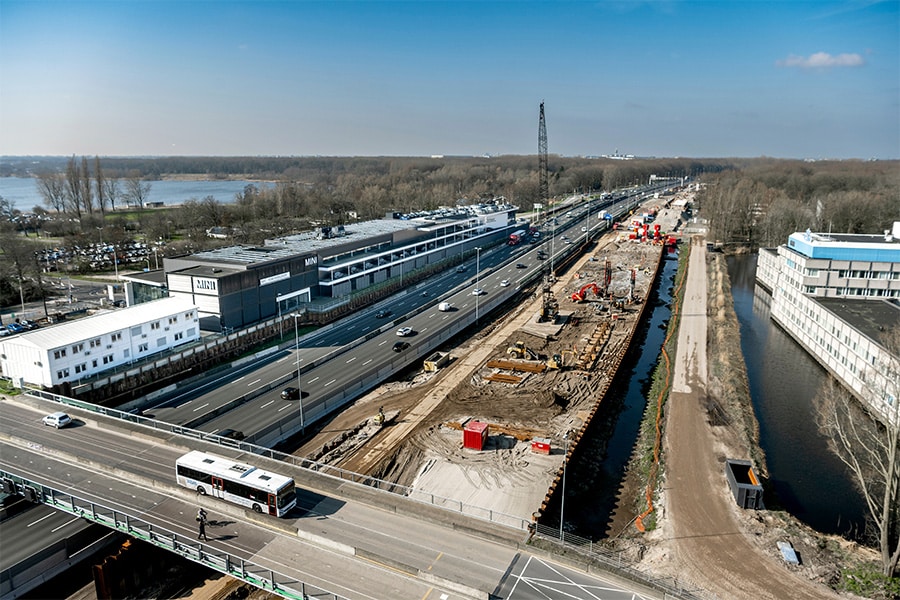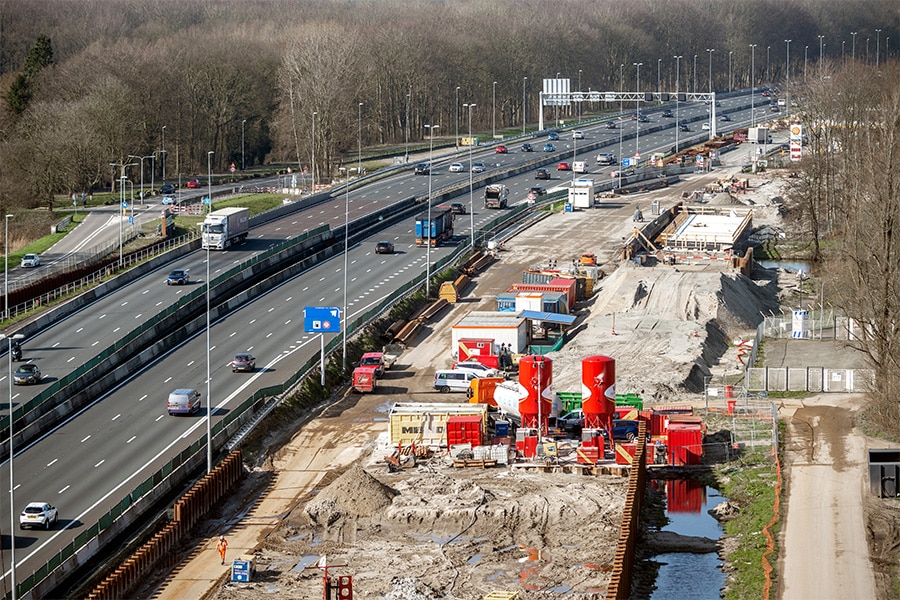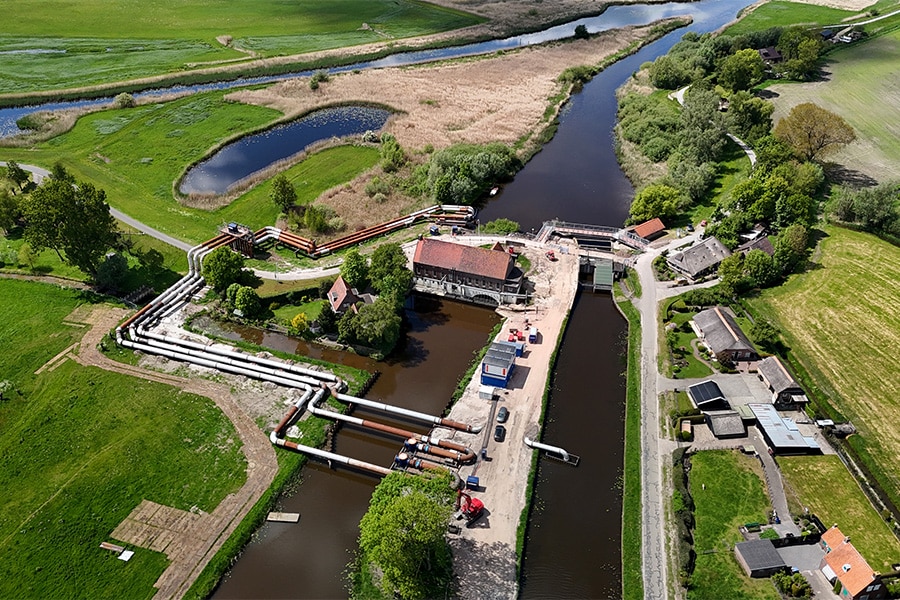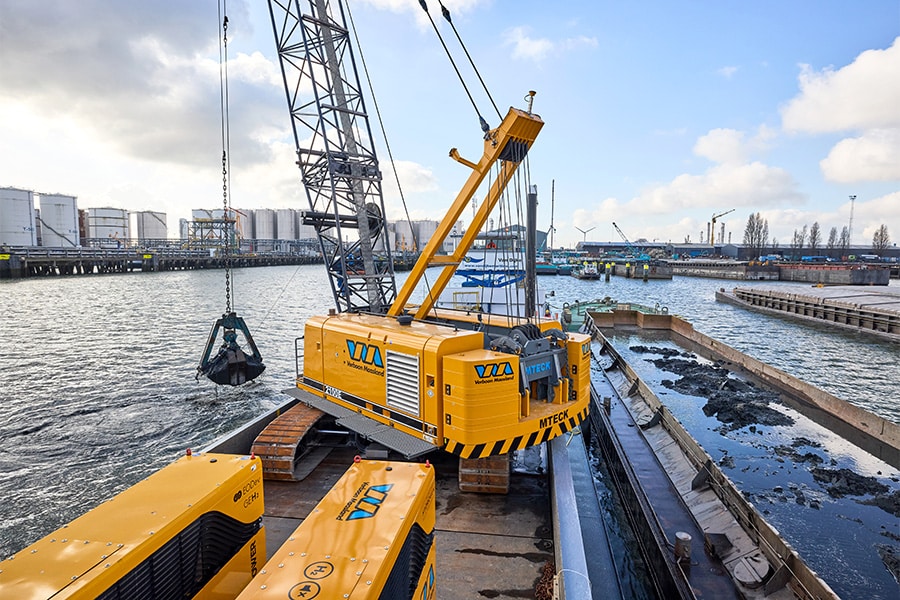
A technically challenging project with many stakeholders
The widening and sunken construction of the A9 between the Badhoevedorp and Holendrecht interchanges is an impressive project that construction consortium VeenIX is carrying out on behalf of Rijkswaterstaat. The limited space, soft soil conditions, demolition, construction and widening of many structures and the construction of a sunken position right through Amstelveen make the project quite challenging. And also in the immediate vicinity of Amsterdam and Schiphol Airport, as well as a stone's throw away from various other major infrastructure projects.

VeenIX is a construction consortium specializing in realizing large-scale infrastructure projects. "We are always interested in projects with a technical challenge. That's where we can put our expertise to good use," says Jaime Carrasco Reyes, Technical Manager on the A9 at VeenIX, who has previously worked on projects in Australia and the Middle East, among others. "And challenging the A9 is most certainly, not only in a technical sense, but also because of the fact that 'the store' must always remain open. An awful lot of traffic drives past it every day. We have to deal with numerous logistical challenges and many more stakeholders, all with their own interests."

Densely populated area
The A9 runs right through the Randstad, a densely populated area. "It is not a highway somewhere in the middle of the country, with no stakeholders or neighbors," says Carrasco Reyes. "There is construction around the route in many places, and the highway even runs right through Amstelveen, even though we are building the road sunken over a length of 1.6 kilometers there. Limited space, noise and vibrations are therefore important points of attention during the work. All kinds of measures are being taken to control noise and vibration pollution. In the planning we take into account that we drill piles instead of piles. That takes longer but produces a lot less noise. Furthermore, the A9 is one of the most important gateways to the European hotspot of Amsterdam and Schiphol Airport. All that traffic must also be able to get through, despite the radical work we are carrying out. In addition, the A9 is not the only major infrastructure project around Amsterdam. Work is also underway on the A4, A10 and A12. So traffic detour for major interventions must also be coordinated with all those parties to avoid completely closing off the region. That requires quite a bit of coordination, not only for our project but for the entire area."

Specialist subcontractors
The A9 is divided into three subareas. "Each subarea has its specific challenges, but overall the weak subsoil is the most challenging," says Carrasco Reyes. "That's typical of the Netherlands. So we work closely with specialist subcontractors who have dealt with this kind of job before." The Technical Manager is extremely satisfied with the professional level of the local subcontractors and the flexibility they show. "That is different in some other countries. All the people here are well trained and are able to respond flexibly to challenges or schedule changes. The only thing that doesn't cooperate here is the weather," Carrasco Reyes says with a laugh. "But the subcontractors know how to deal with that too. After all, they are used to it."
Official completion of the A9 is scheduled for late 2027. "Subarea west and east are expected to be completed in the spring of 2026. Subarea middle, where the highway will be built sunken through Amstelveen, will be finished last. If we look at the total volume of the project, we are now somewhere halfway," Carrasco Reyes estimated the status.



